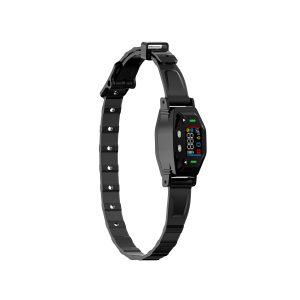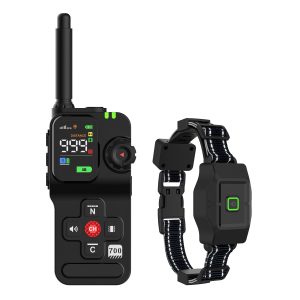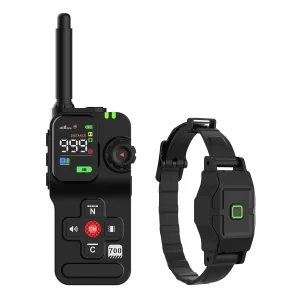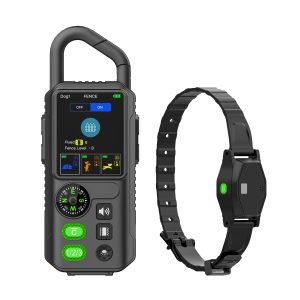The Ultimate Guide to Dog Training Collars
Dog training collars, often referred to as e-collars or shock collars, have become a popular tool for pet owners seeking effective ways to train their furry companions. While controversial to some, when used correctly, these collars can be a humane and efficient method to reinforce positive behaviors in dogs.
Types of Training Collars
There are several types of training collars available, ranging from vibration and sound-based collars to more intense shock collars. Each type serves a different purpose, and it’s vital to choose the one that best fits your dog’s training needs.
Choosing the Right Collar
Before investing in a training collar, consider factors such as your dog’s size, temperament, and the specific behaviors you want to address. Seek advice from a professional dog trainer to determine the most suitable collar for your pup.
Training Techniques
When introducing a training collar, always start with positive reinforcement techniques and gradually incorporate the collar into your training routine. Consistency and patience are key to successfully using a training collar.
Benefits of Training Collars
Training collars can expedite the training process and address stubborn behavioral issues effectively. They can enhance communication between you and your dog, leading to a happier and well-behaved pet.
Common Misconceptions
Despite their effectiveness, training collars are often misunderstood. It’s crucial to educate yourself on proper usage and avoid relying solely on the collar for training.
Final Thoughts
When utilized responsibly and in combination with positive reinforcement techniques, dog training collars can be a valuable tool in shaping your dog’s behavior. Remember, the key to successful training lies in understanding your dog and using the collar as a supplement to a holistic training approach.




